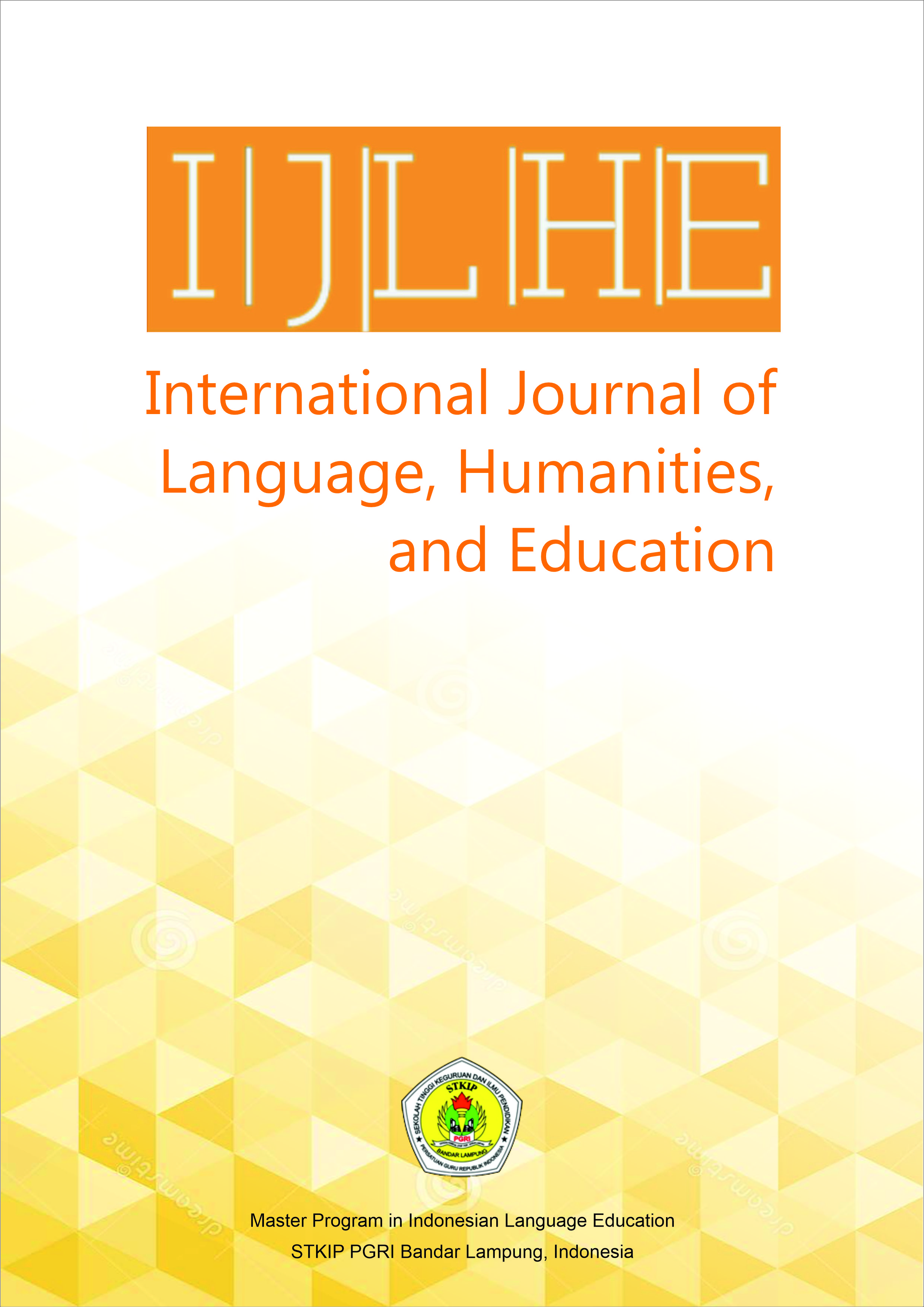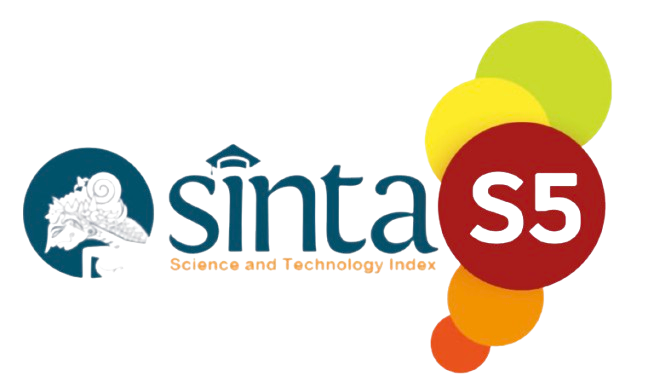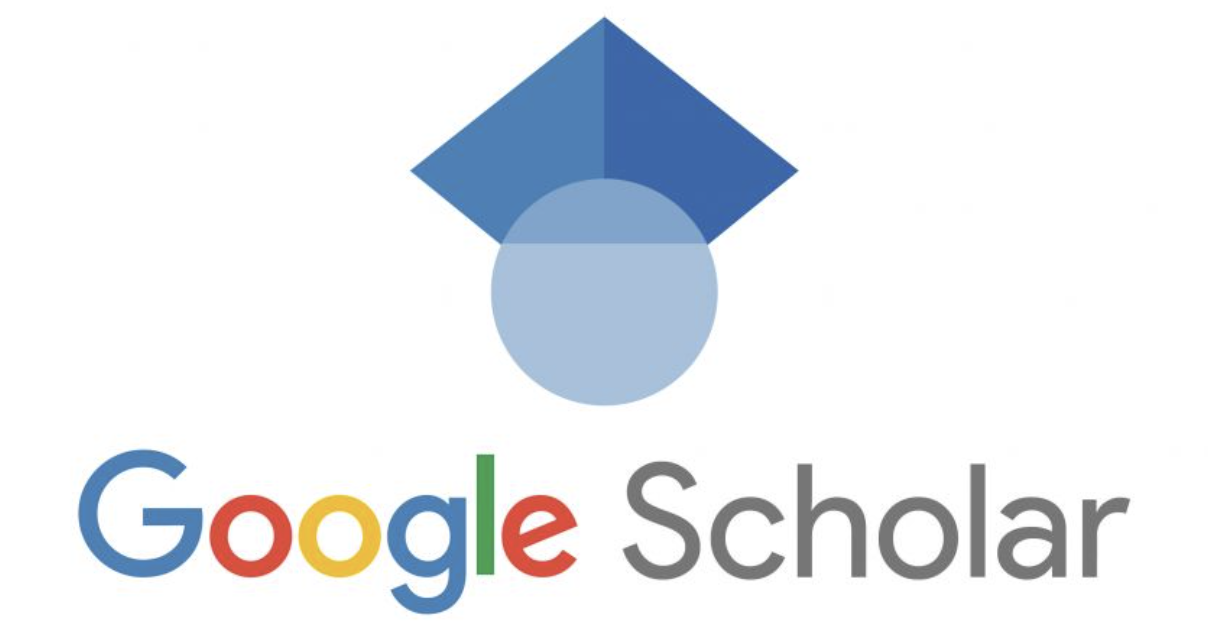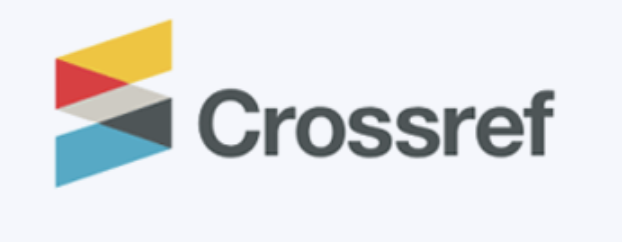The Correlation Between Students' Learning Technique and Students' Mathematics Achievement
DOI:
https://doi.org/10.52217/ijlhe.v8i1.1781Keywords:
Learning achievement, Learning techniques, Mathematics achievement, Musi Rawas University, StudentsAbstract
This study addresses a critical gap in STEM education literature by empirically investigating the underexplored relationship between structured learning techniques and mathematics achievement in Indonesian engineering education—a context with limited prior research despite documented pedagogical challenges. Using a quantitative correlational design, we examined 100 engineering students at Musi Rawas University through triangulated data collection: structured interviews (14-item protocol), observational checklists (10-point behavioral scale), and institutional academic records. Participants were purposively sampled and categorized into structured (n=68) and unstructured (n=32) learners based on a validated 10-point analytical rubric (inter-rater reliability κ=0.87). Data analysis employed Pearson correlation, t-tests, and regression modeling. Findings revealed a robust positive correlation between structured techniques (concept mapping, scheduled reviews) and mathematics achievement (r = .79, p < .001), accounting for 62.4% of variance (R² = .624). Structured learners significantly outperformed peers (84.1 vs. 61.5; t(98) = 12.6, p < .001), with concept mapping identified as the highest-impact strategy (β = .42). Notably, cramming demonstrated significant negative correlations (r = −.67, p < .01). These results substantiate cognitive load theory while highlighting the 32% prevalence of ineffective techniques—a key pedagogical concern. The study implies that embedding structured strategy training (e.g., concept mapping scaffolding) into engineering curricula could elevate mathematics performance by 20–30%. Limitations include single-institution sampling and self-reporting biases, warranting future multi-institutional validation. This research provides actionable evidence for optimizing STEM learning processes in Indonesian contexts
References
Ambion, R. I. A., De Leon, R. S. C., Mendoza, A. P. A. R., & Navarro, R. M. (2020). The Utilization of the Feynman Technique in Paired Team Teaching Towards Enhancing Grade 10 ANHS Students’ Academic Achievement in Science. 2020 IEEE Integrated STEM Education Conference (ISEC), 1–3. https://doi.org/10.1109/ISEC49744.2020.9397848
Arikunto, S. (2018). Dasar-dasar Evaluasi Pendidikan Edisi 3. Bumi Aksara.
Biwer, F., Wiradhany, W., oude Egbrink, M. G. A., & de Bruin, A. B. H. (2023). Understanding effort regulation: Comparing ‘Pomodoro’ breaks and self‐regulated breaks. British Journal of Educational Psychology, 93(S2), 353–367. https://doi.org/10.1111/bjep.12593
Cirillo, F. (2018). The Pomodoro technique: The acclaimed time-management system that has transformed how we work. . Crown Currency.
Jiang, A. L., & Zhang, L. J. (2021). University Teachers’ Teaching Style and Their Students’ Agentic Engagement in EFL Learning in China: A Self-Determination Theory and Achievement Goal Theory Integrated Perspective. Frontiers in Psychology, 12. https://doi.org/10.3389/fpsyg.2021.704269
Makany, T., Kemp, J., & Dror, I. E. (2009). Optimising the use of note‐taking as an external cognitive aid for increasing learning. British Journal of Educational Technology, 40(4), 619–635. https://doi.org/10.1111/j.1467-8535.2008.00906.x
McGuire, S., McGuire, S. Y., & Angelo, T. (2023). Teach students how to learn: Strategies you can incorporate into any course to improve student metacognition, study skills, and motivation. Routledge.
Nabilla, A., & Hadi Asmara, C. (2022). The Effect of SQ3R Method On Improving Students’ Reading Skill. English Education Journal, 12(4), 510–525. https://doi.org/10.15294/eej.v12i4.66593
Natow, R. S. (2020). The use of triangulation in qualitative studies employing elite interviews. Qualitative Research, 20(2), 160–173. https://doi.org/10.1177/1468794119830077
Pilotti, M. A. E., El Alaoui, K., & Al-Zohbi, G. (2022). What Are Male and Female Students’ Views of Science in a Society in Transition? A Self-Study of an Institution of Higher Education. Education Sciences, 12(12), 920. https://doi.org/10.3390/educsci12120920
Reyes, E., Blanco, R. M. F., Doroon, D. R., Limana, J. L., & Torcende, A. M. (2021). Feynman Technique as a Heutagogical Learning Strategy for Independent and Remote Learning. Recoletos Multidisciplinary Research Journal, 9(2), 1–13. https://doi.org/10.32871/rmrj2109.02.06
Sudarsono, F. W., & Astutik, Y. (2024). Evaluating the Effectiveness of the SQ3R Method in Enhancing Students’ Reading Proficiency. Script Journal: Journal of Linguistics and English Teaching, 9(1), 24–41. https://doi.org/10.24903/sj.v9i1.1598
Sugiyono. (2009). Metode Penelitian Bisnis (Pendekatan Kuantitatif, Kualitatif, dan R&D). Alfabeta.
Sweller, J. (2011). Cognitive Load Theory. Psychology of Learning and Motivation, 55, 37–76. https://doi.org/10.1016/B978-0-12-387691-1.00002-8














